The US retail sector is showing signs of strain as consumer spending slowed sharply in April, reflecting a potential weakening in consumer demand. According to the latest data, retail sales grew by only 0.1% in April, a stark contrast to the 1.7% surge in March when shoppers rushed to make purchases ahead of President Donald Trump’s tariffs. This slowdown is particularly concerning as consumer spending is the backbone of the economy, accounting for two-thirds of gross domestic product (GDP). The April data was worse than the 0.2% monthly rise economists polled by FactSet had predicted, indicating that consumer confidence may be deteriorating under the weight of tariff-induced uncertainty.
Among the most notable declines in April was motor vehicle and part sales, which fell to -0.1% from a robust 5.5% in March. This decline suggests that consumers are becoming more cautious about making significant purchases, possibly due to economic uncertainty and the potential for higher prices resulting from tariffs. The steep drop in retail sales could lead to another quarter of disappointing GDP growth, following the contraction seen in the previous quarter. Economists at EY noted in a Thursday morning report that the “pre-tariff shopping spree is over,” indicating that the initial rush to purchase goods before tariffs took effect has subsided.
The Trump administration’s haphazard approach to tariffs in recent months has had a noticeable impact on consumer sentiment. Various surveys have shown a decline in consumer confidence, prompting Wall Street and the Federal Reserve to closely monitor signs of consumers pulling back in the face of high uncertainty. Thursday’s report underscores that consumer spending has significantly downshifted from the brisk pace observed in late 2024. The initial buying spree to get ahead of tariffs appears to have ended, leaving retailers and economists to wonder about the long-term impact on the economy.
Chris Rupkey, chief economist at FwdBonds, described the first-quarter economic strength as a “mirage,” suggesting that the surge in sales was merely a temporary response to anticipated price increases due to the trade war. “Sales were brought forward to try and avoid higher prices that are surely just around the corner from this trade war with the world,” Rupkey said. This forward buying may have artificially inflated first-quarter GDP figures, masking underlying weaknesses in consumer demand.
Despite the overall decline in retail sales, there were some bright spots in the April report. Spending at bars and restaurants increased by 1.2% from March, indicating that consumers are still willing to spend on dining out. Additionally, spending at grocery stores remained unchanged from March, which Jefferies economists noted as a positive sign for the US economy. “Spending less at restaurants and more on groceries would be a logical expression of weaker consumer confidence and greater concern over employment prospects. Currently, we are seeing the opposite, in contrast to the confidence data,” they said in a note on Thursday.
However, the report also highlighted declines in spending on health and personal care, as well as apparel and sporting goods. These sectors are particularly vulnerable to changes in consumer confidence and economic uncertainty. Despite the broad decline in spending, Morgan Stanley economists maintained their view that consumers are starting from a solid position but expect a slowdown. They noted that the weakness in spending came sooner than anticipated and that they “continue to expect a significant slowdown in consumption in the back half of the year as price increases from tariffs weigh on purchasing power.”
The implications of this retail sales slowdown are far-reaching. For retailers, the decline in consumer spending could lead to reduced inventory orders, layoffs, and potential store closures. For the broader economy, a sustained slowdown in consumer spending could dampen GDP growth and prolong the economic recovery. Policymakers and economists are closely watching these trends, as consumer confidence and spending are critical indicators of economic health.
The sharp slowdown in US retail sales in April signals a potential weakening in consumer demand, exacerbated by the uncertainty surrounding President Trump’s tariffs. While there are some positive signs in specific sectors, the overall trend indicates a shift towards more cautious consumer behavior. As the effects of tariffs continue to ripple through the economy, it remains to be seen how consumer spending will evolve in the coming months. The resilience of the US economy will depend on how well consumers and businesses can adapt to these changing economic conditions.

By Laura Wilson/May 16, 2025
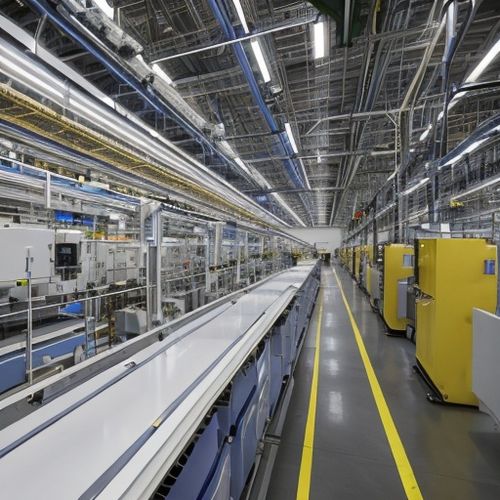
By Michael Brown/May 16, 2025

By Elizabeth Taylor/May 16, 2025

By Sophia Lewis/May 16, 2025

By Noah Bell/May 16, 2025

By Joshua Howard/May 16, 2025
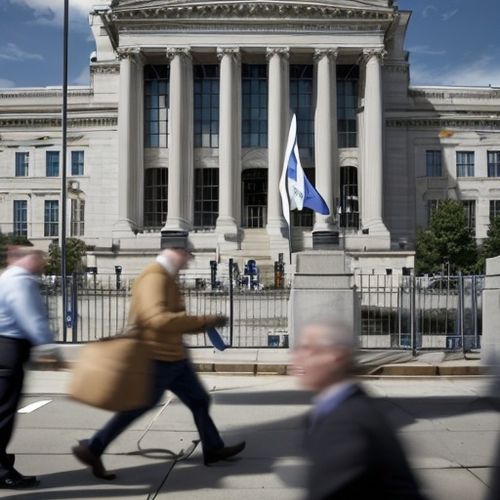
By John Smith/May 16, 2025

By Laura Wilson/May 16, 2025
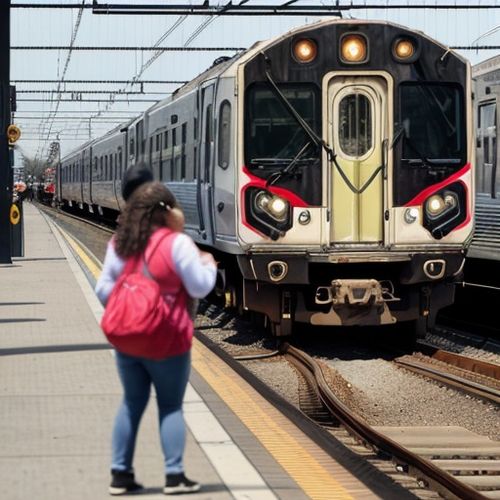
By Benjamin Evans/May 16, 2025
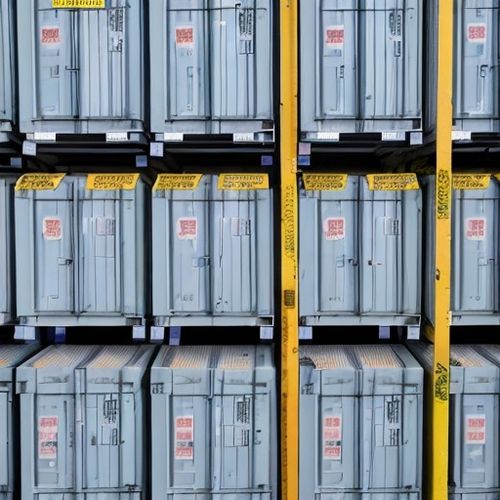
By Michael Brown/May 16, 2025
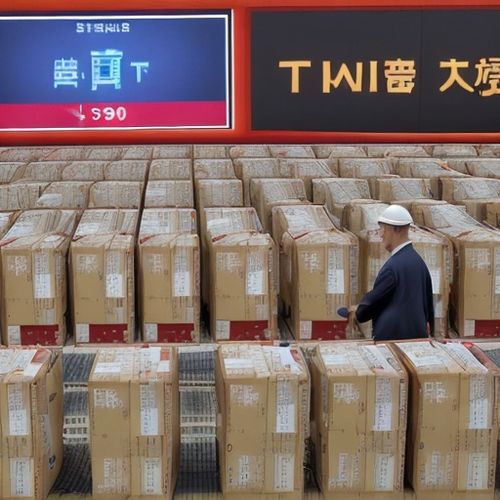
By Sarah Davis/May 16, 2025
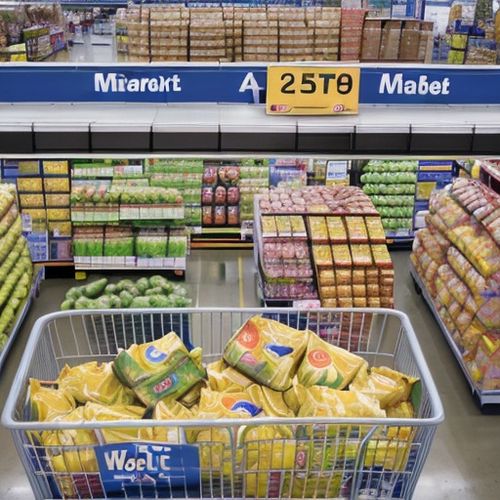
By William Miller/May 16, 2025
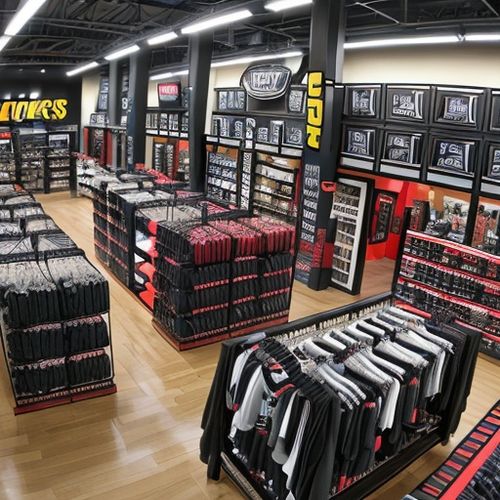
By Sarah Davis/May 16, 2025
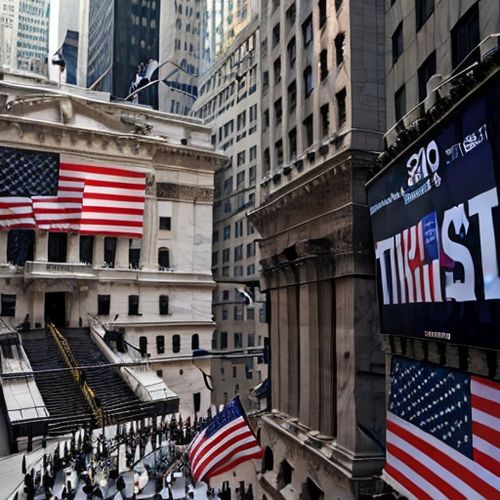
By Benjamin Evans/May 16, 2025

By Rebecca Stewart/May 16, 2025
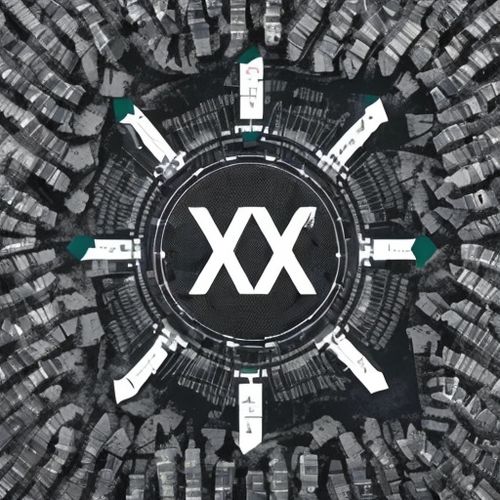
By Natalie Campbell/May 16, 2025

By Lily Simpson/May 16, 2025

By Olivia Reed/May 16, 2025

By Olivia Reed/May 16, 2025

By Elizabeth Taylor/May 16, 2025